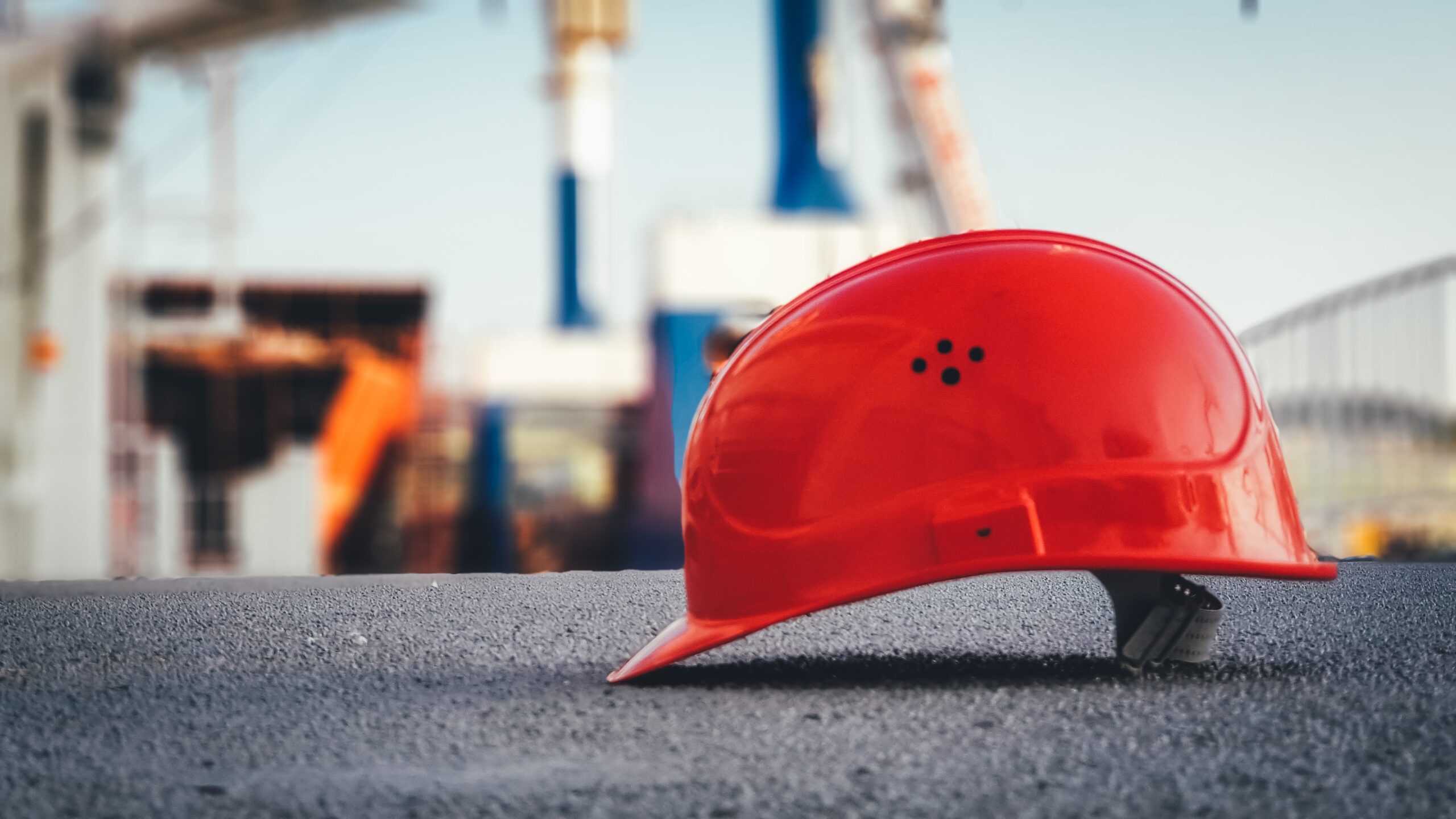This story begins with a construction site. Think of a fenced-off area, crews working, and a vague permit posted. But this was not a normal safe site because the construction workers had dug under a public alleyway with no warnings. They had weakened a portion of the alleyway making it dangerous for the public that used it to access their property, like our client.
So when our client walked near the construction site, on public property, a portion of the ground gave way causing him to fall and hurt his shoulder and back.
Finding the Source
When we take a case on, we have the burden to prove the case. That includes who was at fault and what they did that was negligent. In terms of the client who was seriously injured due to the ground collapsing, there were significant problems locating the right person. The name on the permit was very common and the contractor seemed to disappear. The owner of the property was also a business that would not respond to any letters or calls.
To find who was responsible, a public record search was conducted. But it turned up similar information to what we already knew. To make things more complicated, there were two different names on the responsible contractor’s licenses, neither of which corresponded with the names on the permits.
Despite having permits, licenses, names, and numbers, the defendants ignored requests and were (seemingly) intent on hiding to avoid any liability associated with the injured client.
Meanwhile, the client’s injuries were getting worse and prevented him from working. The mounting costs of lost work and medical bills was causing him significant harm.
Forcing Co-Defenadants to Help
It turns out the City had done an inspection of the property only a few days before. There were signs that they should alerted the City inspector that the construction was problematic. We argued the City did not do its job in conducting a proper inspection of the construction site. That also motivated the City to cooperate and find the construction company and owner of the property.
The City, thanks to its immense resources, became a helpful partner in locating the other defendants. Ultimately, the construction company and property owner were located and they eventually agreed to a fair settlement.
It happens often: the defendant does not want to be found. There is no definitive way to approach an issue like this, but we were to find a solution to obtain a settlement for our client. People who have been injured face an inability to pay their bills and provide for their families. Hurdles like this one exacerbate this issue. Instead of worsening this situation, contact Howell, LLP, schedule a free consultation, and allow us to find your resolution.



